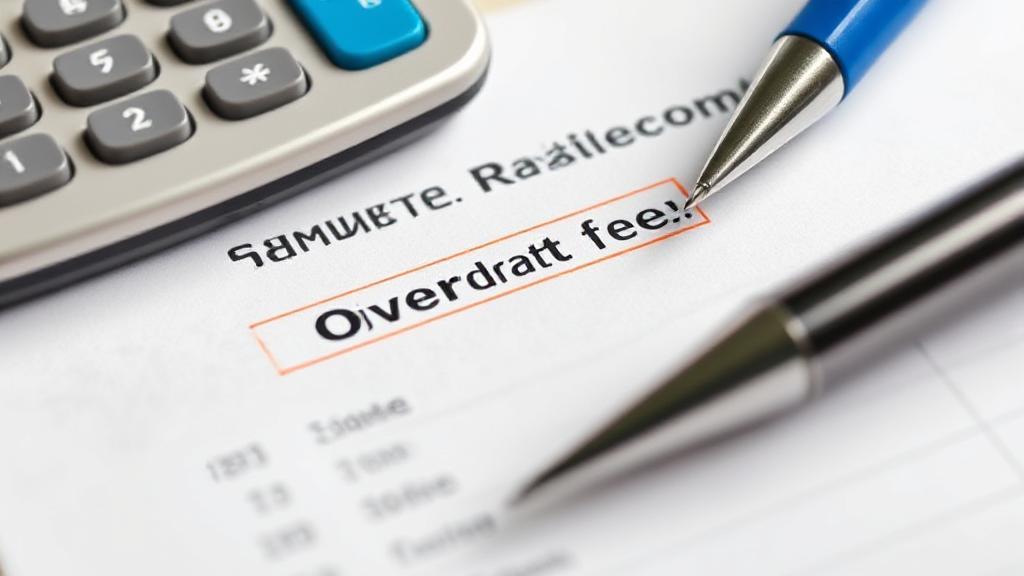Understanding Overdraft Fees
An overdraft occurs when you spend more money than you have available in your checking account. Banks and credit unions typically charge overdraft fees when they cover these transactions on your behalf, essentially providing a short-term loan to prevent the payment from being declined.
What Are Overdraft Fees?
An overdraft fee is a charge imposed by a bank when a customer withdraws more money from their account than is available. These fees can catch many by surprise, leading to unnecessary financial strain.
How Do Overdrafts Work?
When your account balance drops below zero, your financial institution may handle the situation in several ways:
- Cover the Overdraft: The bank pays the amount, allowing the transaction to proceed, and charges you an overdraft fee.
- Decline the Transaction: The bank may refuse the transaction, which can lead to a declined purchase or a bounced check.
- Overdraft Protection: Funds are transferred from a linked account (usually savings)
Types of Overdraft Protection
Many banks offer overdraft protection services, including:
- Linked Account Transfers: Automatic transfers from a savings account or another checking account
- Overdraft Line of Credit: A pre-approved credit line that covers overdrafts
- Overdraft Protection Plans: These may involve a monthly fee but can prevent individual overdraft fees
The Cost of Overdraft Fees
Most banks charge between $30-$35 per overdraft transaction. Key points about these fees:
- Multiple charges can occur in a single day
- Many banks cap the number of daily overdraft fees
- Some institutions charge additional fees if the account remains negative for several days
- The median overdraft fee in the US is $34
Recent Changes in Overdraft Policies
Many major banks have recently modified their overdraft policies:
- Elimination of fees
- Reduced fee amounts
- Grace periods for overdraft coverage
- Earlier access to direct deposits
Several institutions, including Capital One and Ally Bank, have eliminated overdraft fees entirely.
How to Avoid Overdraft Fees
To avoid overdraft fees, consider these strategies:
- Monitor Your Account Regularly: Use online banking or mobile apps to track your balance
- Set Up Alerts: Many banks offer alerts when your balance falls below a certain threshold
- Opt-Out of Overdraft Coverage: Choose to have transactions declined if your account lacks sufficient funds
- Maintain a Buffer: Keep a small cushion in your account
- Use Budgeting Apps: Tools like Mint or You Need a Budget (YNAB) can help track spending
Note: While overdraft protection transfer fees are usually lower than standard overdraft fees, they're not always free.
For more information on managing your finances and understanding bank fees, visit resources like the Consumer Financial Protection Bureau, Federal Deposit Insurance Corporation, or Federal Trade Commission (FTC).
